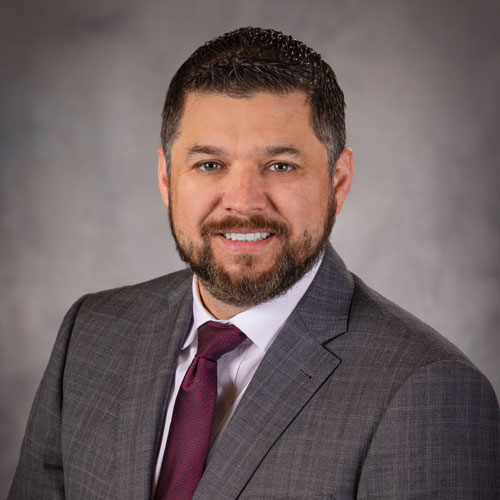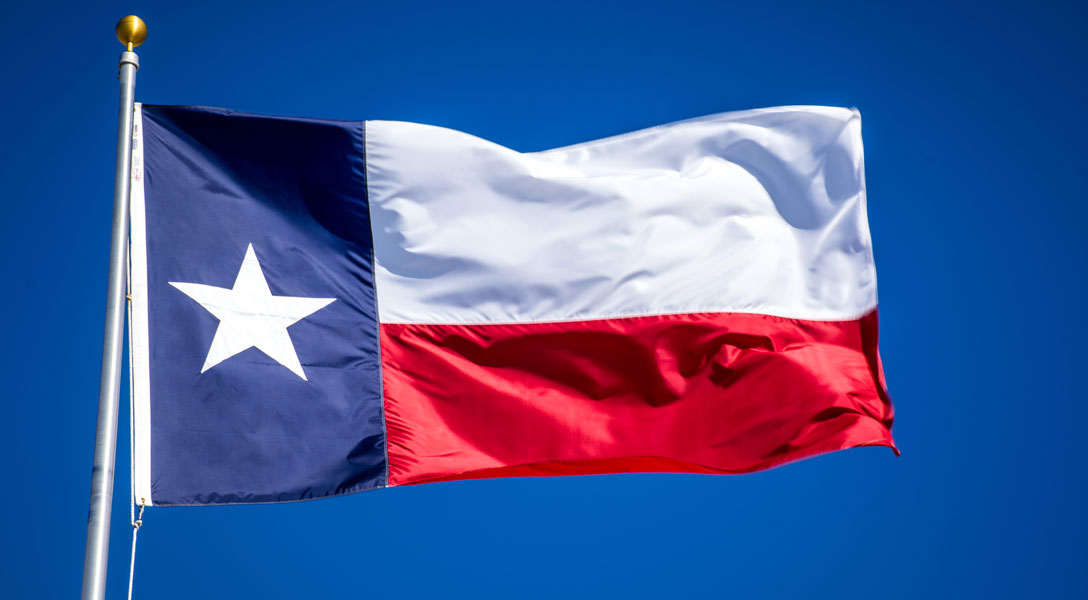
Brownsville experiencing greatest growth burst ‘in my lifetime’
Q. As a lifelong member of the community and as a banker, you’ve seen a lot of change in Brownsville. What’s been the driver?
Brownsville to a certain extent—and I say this respectfully—was always sort of a little brother to McAllen (about 60 miles west), and that has changed to some degree. All of a sudden, things that are happening in McAllen are affecting Brownsville positively, and certain things that are happening in Brownsville are affecting McAllen positively.
Brownsville has a unique set of things that play to its favor, the port being one of them. The Port of Brownsville has always been a very active port, with oil and gas and a number of other industries. But recently, the port has gone through some pretty major improvements—the deepening of the channel and some of the LNG (liquefied natural gas) projects that are under construction are bringing a robust amount of investment into the area. [A 984-acre LNG export facility was announced in July 2023.]
And, of course, we can't talk about Brownsville without talking about (Elon Musk’s) Space X. Jobs have been created—a number of high-paying jobs. We're launching rockets right out of Brownsville, Texas. And so, all of a sudden, Brownsville is on the map, and it's rivaling some of McAllen's growth, which is really great to see from a Rio Grande Valley perspective.

Q. Do you expect to continue to see this momentum continue—more investment and maybe more companies relocating to the area?
We're getting into the biggest expansion of the Brownsville economy probably in my lifetime, at least my professional lifetime. I think many of these things are so transformative to the area. They are really putting Brownsville on the map.
We're pretty high on Brownsville right now. You know, when I look at all the metrics—rental metrics, for example—rents were always lower than in McAllen. Growth was always lower than in McAllen, sales were always lower than in McAllen. But that's no longer the case. We're seeing equal and in some cases, in some industries, higher returns, higher rental rates than in McAllen.
Q. Which sectors are lagging? What are leaders going to need to do to make sure everything is keeping up?
We need more affordable housing in the Brownsville area, but we need housing in general. You know, we have high-paying jobs that are coming in, and we just simply don't have the lot inventory and housing inventory that we would need to have, especially because the LNG project in particular is really at its infant stage.
I think over the next six to nine months, you're going to continue to see hundreds, almost thousands of jobs being brought into the area, and so we need more development to accommodate those people who are going to move here on a full-time basis. Some people rent, but some people will buy a house and stay here, and many of them will relocate and just stay in the area.
The expectancy is somewhere around 5,000 jobs. We just simply don't have 5,000 homes or 5,000 lots to accommodate that. We don't even have half of that. So that's got to keep up. You're starting to see development on the fringes of Brownsville.
Q. Are there any issues with water and access to enough water for growth in the Rio Grande Valley?
We have two issues with water. We have not enough water to drink, and we have too much water when it rains—drainage issues.
The majority of us get our water from the Rio Grande and, of course, we've been in a drought situation. We [also] have treaty issues with Mexico. We have Falcon Lake (on the U.S.–Mexico border) that has been at an all-time low. All that water is necessary for us to irrigate and for new home development. But the pace of growth is far outpacing the amount of capacity that we have.
The flip side, when it rains, this area is so flat that we have too much water and it floods. We need adequate drainage, and we've been investing a significant amount in drainage in the Upper Valley and the Lower Valley , which we really only see the benefits of maybe once or twice a year when we have a hard rain.
It’s working so well in some cases that in a few hours we see the water drain and people wonder why we spent millions of dollars to do this. But it's because of that investment that we're not having (persistent) flooding issues. Having said that, we still have areas that are in dire need of adequate drainage.
Q. Brownsville historically was known for having pretty high poverty rates. What are the issues around the topics of poverty and workforce development?
We need more financial literacy. We need more broadband [internet]. We need education. We need to be able to put technology in the hands of our kids. We need so many of these things that are going to transform this region. It's going to take a generation or so, but it is happening and is continuing to happen.
Immigration [from south of the border] has certainly put it [demand for services] at another scale now, although I would venture to say that most of the immigrants are not staying here. They come here for a few days and then they're elsewhere in the U.S., not necessarily in this area. Some certainly stick around, but it's not a huge number. They're merely using the border to cross.
We’ve got to continue to talk about these things, and we've got to continue to do something about them. There's not enough work being done to address these issues.
Q. Has the public sector build-up in terms of government resources, whether it's for drug interdiction or migration or just processing trade, also been a factor in the Brownsville boom?
I always like to talk about the border. You hear about all these issues and, you know, we feel very safe. The government has sent a lot of resources down, but we still see the need for resources when it comes to trade. Trucks still take way too long to cross into the U.S. The USDA (U.S. Department of Agriculture) inspection points—all of the necessary items needed to process produce—still take way too long.
I don't think the entire country knows how dependent we are on these particular ports in the Rio Grande Valley bringing produce into America, not just into Texas.
Q. How has this growth affected your institution, Texas National Bank? What are the challenges that you're encountering?
As a banker, to be involved in an area that has high growth is really kind of a godsend. There are areas around this country that are stagnant. We're very blessed.
Now, with that come some complications. Most of the banks down here have above-average growth compared with a traditional bank. No. 1, that always comes with a little bit more scrutiny from the regulators. No. 2, most of the projects that you see done in our area are some of the riskiest type of lending that we can do—Brownsville needs development; McAllen needs development.
As a matter of fact, we have safeguards and guidance around how much construction development bankers should be doing.
So, when you compare those numbers, we're exceeding them. People are stepping into a void—construction development—trying to take over some of the bank lending because we are sort of tapped out. You're seeing outside capital coming in. We have to compete against that.
Q. With all the growth that the region has experienced, is there friction between people who like growth and people who don't want change?
Historically, this area was founded on the idea of agriculture. It was taking water from the river and turning dryland into irrigated farmland back in the ’20s and ’30s. And so, [now] we are turning farmland into developments. There is no question about that.
We're taking areas that seep water back into our aquifers, for example, and turning them into subdivisions. So there's always a little bit of friction with how much growth is too much growth. You know, we need to continue to stress upon the folks who operate our irrigation districts, our water districts, our drainage districts, that this area has been growing because we've accommodated growth.
And when we stop accommodating growth, we may lose it. We may lose it to other areas that are a little more accommodative.
The views expressed are those of the speaker and should not be attributed to the Federal Reserve Bank of Dallas or the Federal Reserve System.



